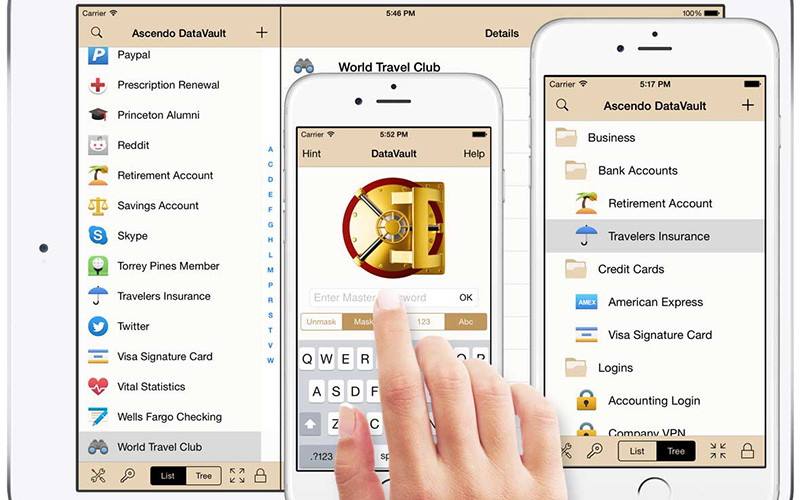How to Protect Your Online Privacy While Working From Home

Working from home is a great way to keep up with your responsibilities without leaving your bed. You can work at any time of day or night, and you don’t have to worry about the commute. The only problem?
It opens you up to cybersecurity risks that are not present when you are in an office environment. Here are some tips on how to protect yourself while working from home:
prefer ipv6, use two-factor authentication, make sure your computer is updated (including antivirus), avoid public wifi hotspots, be wary of phishing scams and never open attachments unless they come directly from someone who knows you well!
That’s why in this comprehensive guide, we’ll show you all you need to know about the most prevalent cybersecurity concerns that may affect your job while working from home. We’ll also provide important work-from-home security suggestions so that you can keep safe while conducting your internet business.
Phishing attacks
Phishing attacks are one of the most common cyber threats to remote workers. Despite their origins in the mid-nineties, phishing scams are still widespread today, and they’ve gotten more sophisticated with time.
Phishing is a form of cyberattack that targets sensitive information like credit card numbers, bank account information, and login passwords (e.g., usernames, passwords, and personal identification numbers). Phishing not only affects you as an individual/employee but also poses a security risk to your company/job.
So, how does phishing work?
An attacker posing as a known entity attempts to entice the target victim into clicking on a malicious link that has been sent through email or text message. When the recipient clicks on the infected link, malware or even ransomware is downloaded to their computer.
Many phishers employ a variety of methods to infect victims, including SMS (smishing), voice-based scams (vishing), social media-driven threats, and even USB flash drives.
With the prevalence of COVID-19, phishers are taking advantage of the epidemic to launch cyberattacks via emails that contain links claiming to offer crucial information about the virus.
Less secure passwords
Another serious computer security problem is weak passwords, which hackers can use to cause havoc for workers and businesses, particularly small- and medium-sized enterprises. Would you believe that a single weak password is all it takes for attackers to breach an entire network?
Even though numerous businesses invest in cybersecurity to combat malware and data breaches, staff passwords that are too simple make it easy for hackers to access not just their personal computers but also corporate data.
The 2020 Verizon Data Breach Investigations Report found that 81% of the total breaches were caused by using poor passwords. That’s a significant number.
Passwords are frequently stolen from users who use the same password on multiple sites, including LinkedIn and MySpace. Credential stuffing, dictionary attacks, brute-force assaults, and rainbow table assaults are all used by hackers to gain access to a user’s account. Let’s take a look at each of these in detail.
Vulnerable public networks
If you’re working from home and are connected to an unsecured WiFi network, such as those available in cafés, restaurants, hotels, libraries, co-working spaces, or airports, this can cause security concerns for you and your employer.
A public WiFi network serves as a hacker’s and cybercriminal’s Disneyland, allowing them to simply hack into technology to obtain your sensitive information. While you’re on an unsecured WiFi network, hackers might use a variety of methods to attack your computer or smartphone. Let’s look at a few examples.
Using the personal devices for work
While some firms give their workers mobile devices for remote work, most businesses still allow them to use their personal computers (laptops, desktops, tablets, and smartphones). As a result, there has been an increase in security and data breaches.
Employees who work from home using their devices frequently overlook the fact that these gadgets aren’t built on the company’s IT infrastructure and don’t use the same security measures. As a result, personal computers are more susceptible to cyber-attacks.
Furthermore, employees who work from home using their devices are vulnerable to any website they wish and install any applications or software programs that may be blocked by an employer for security reasons, making them an easy target for hackers.
Unencrypted data sharing
Unsecured file sharing is just as hazardous, if not more so, for remote work than malware, viruses, and hackers.
Poor habits, such as those employed by remote workers, might put important business data at risk. Maintaining a large number of unsecured emails is as simple as shooting fish in a barrel for hackers to intercept and steal information.
Another danger is using low-cost, inadequately secured cloud file-sharing services such as personal cloud storage drives. Peers also represent a safety risk because any individual may access data files on their devices, including hackers.
As a result, flash drives may be hazardous if infected with malware. They can easily bypass network security since they are small and portable. It gets worse when an employee configures their system to autorun a flash drive, which allows harmful software to execute.
Viruses and malware
Malware and viruses have evolved to become extremely sophisticated, posing significant issues for firms and individuals, especially during this epidemic’s tough times. Malware and virus transmission is aided by insecure security methods and irresponsible employee actions.
Wait — aren’t they the same thing?
No, they are not the same. While viruses are one type of malware, not all malware is a virus. Malware refers to any malicious software that is designed to infect and damage the host system or its users’ computers. Viruses, worms, trojan horses, ransomware, spyware, and scareware are some examples of malware.
A computer virus is a malicious program that is designed to replicate itself and spread across multiple devices via infected websites, programs, emails, removable storage devices, and networking routers, just like a biological virus. Computer viruses are used to do as much damage as possible without the user’s knowledge. It can swiftly spread through servers and destroy online sites.




